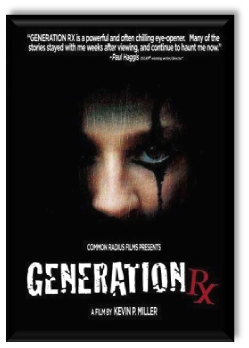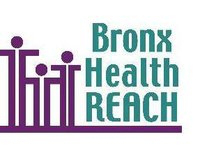Generation Rx: A Review
This disturbing tale begins with a question: are children taking psycho-stimulants like Prozac and Ritalin because of scientific information or commercial use? Shockingly, all the evidence favors the latter. After several doctors and a Pulitzer Prize nominated journalist began investigating, it was found that no valid studies have been conducted illustrating the benefits of these drugs. What was found was that the research was mostly anecdotal.
But how did these drugs then become so pervasive in our lives, especially in the lives of children? The answer lies in the clever marketing strategy of pharmaceutical companies. Children were the last “untapped” market, and once targeted for consumption, this industry enlisted the help of doctors. Suddenly psychiatrists received grants and were sent to conferences, all which drummed in the same information: some brains were chemically imbalanced and our drugs can help them. Through this system, psycho-stimulants became the method of calming restless children; all the while the perverse side effects were kept secret. It is through the use of these medications that normal human brains become chemically imbalanced and these medications can even cause brain atrophy.
This disturbing tale begins with a question: are children taking psycho-stimulants like Prozac and Ritalin because of scientific information or commercial use? Shockingly, all the evidence favors the latter. After several doctors and a Pulitzer Prize nominated journalist began investigating, it was found that no valid studies have been conducted illustrating the benefits of these drugs. What was found was that the research was mostly anecdotal.
But how did these drugs then become so pervasive in our lives, especially in the lives of children? The answer lies in the clever marketing strategy of pharmaceutical companies. Children were the last “untapped” market, and once targeted for consumption, this industry enlisted the help of doctors. Suddenly psychiatrists received grants and were sent to conferences, all which drummed in the same information: some brains were chemically imbalanced and our drugs can help them. Through this system, psycho-stimulants became the method of calming restless children; all the while the perverse side effects were kept secret. It is through the use of these medications that normal human brains become chemically imbalanced and these medications can even cause brain atrophy.






